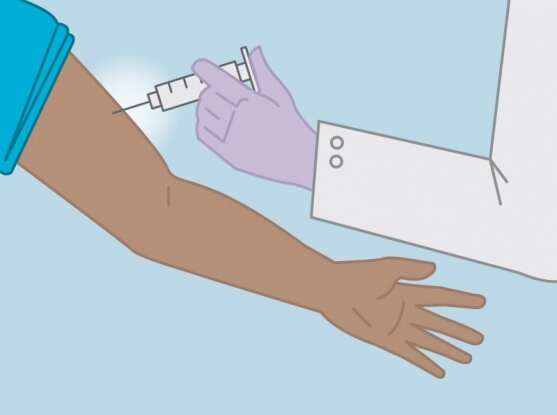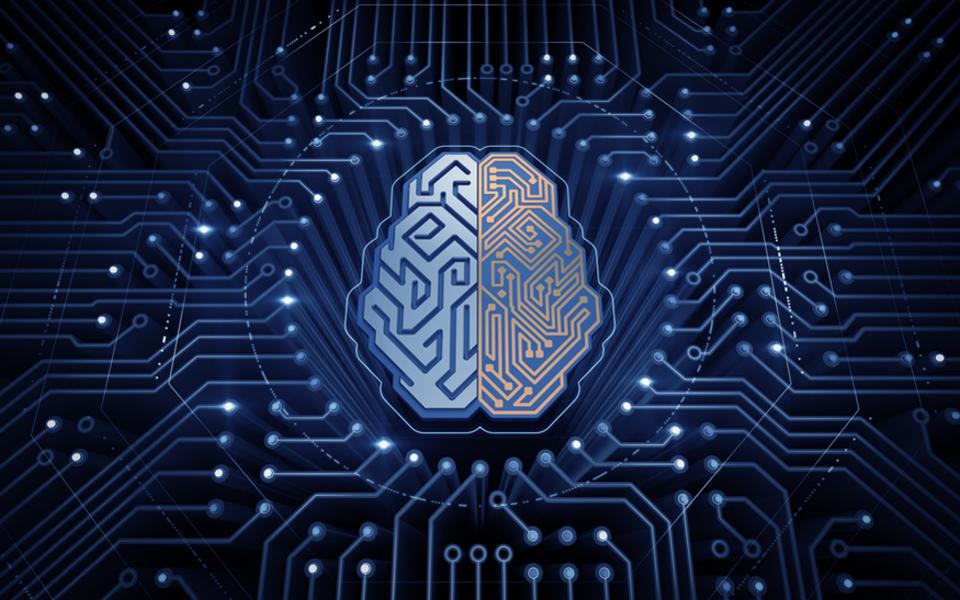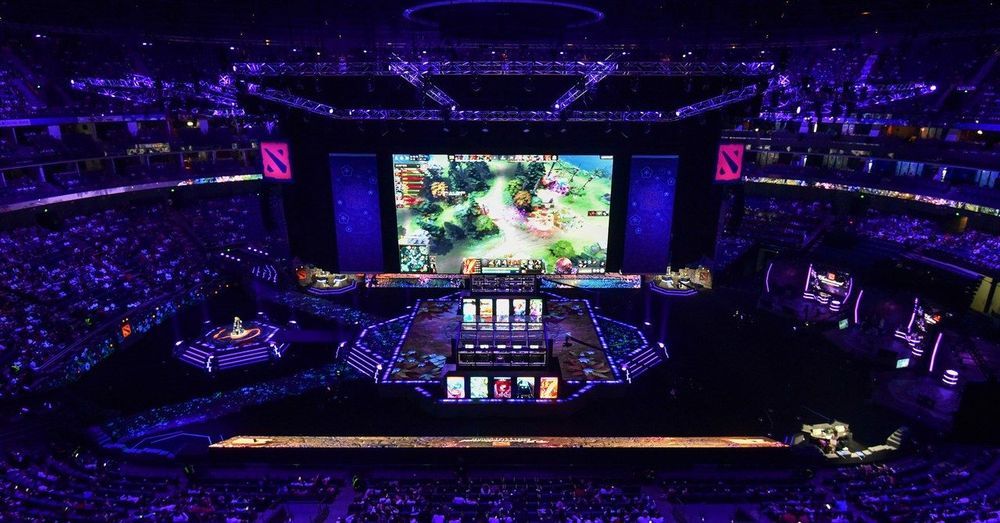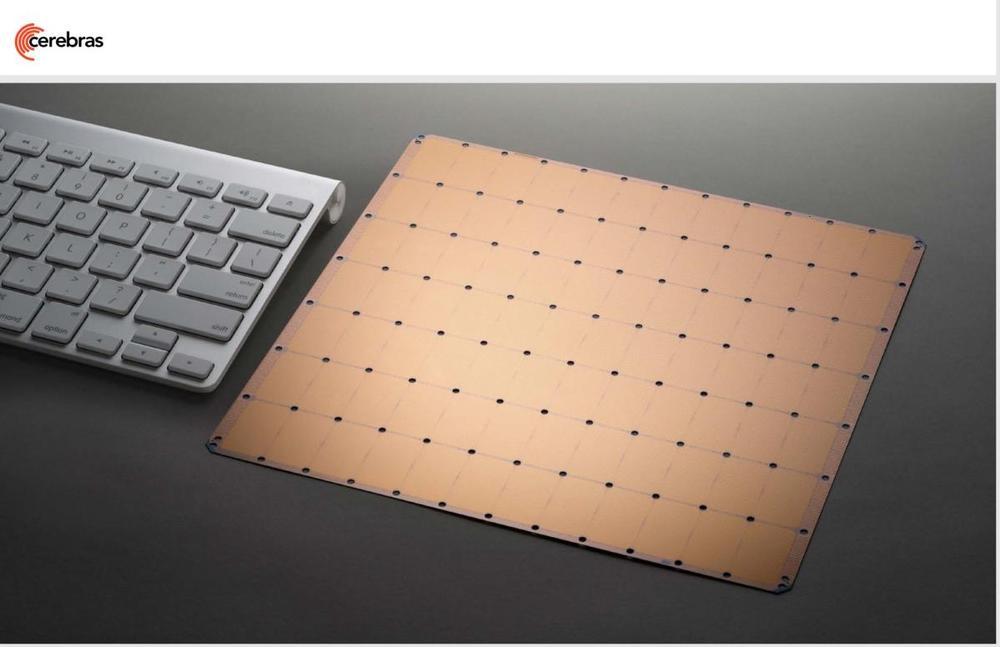A team in Switzerland has created a soft robotic insect that can withstand a multitude of hits from a flyswatter.
A new soft robotic insect could one day form part of a swarm designed to perform a number of different tasks. A team from the École Polytechnique Fédérale de Lausanne (EPFL) in Switzerland developed the insect and showed it is incredibly durable, even when being battered by a flyswatter.
Publishing its findings to Science Robotics, the team said the insect – called DEAnsect – is propelled 3cm per second by artificial muscles. Two versions were produced: one tethered with ultra-thin wires, the other being untethered and autonomous weighing less than 1g, including its battery and components.





